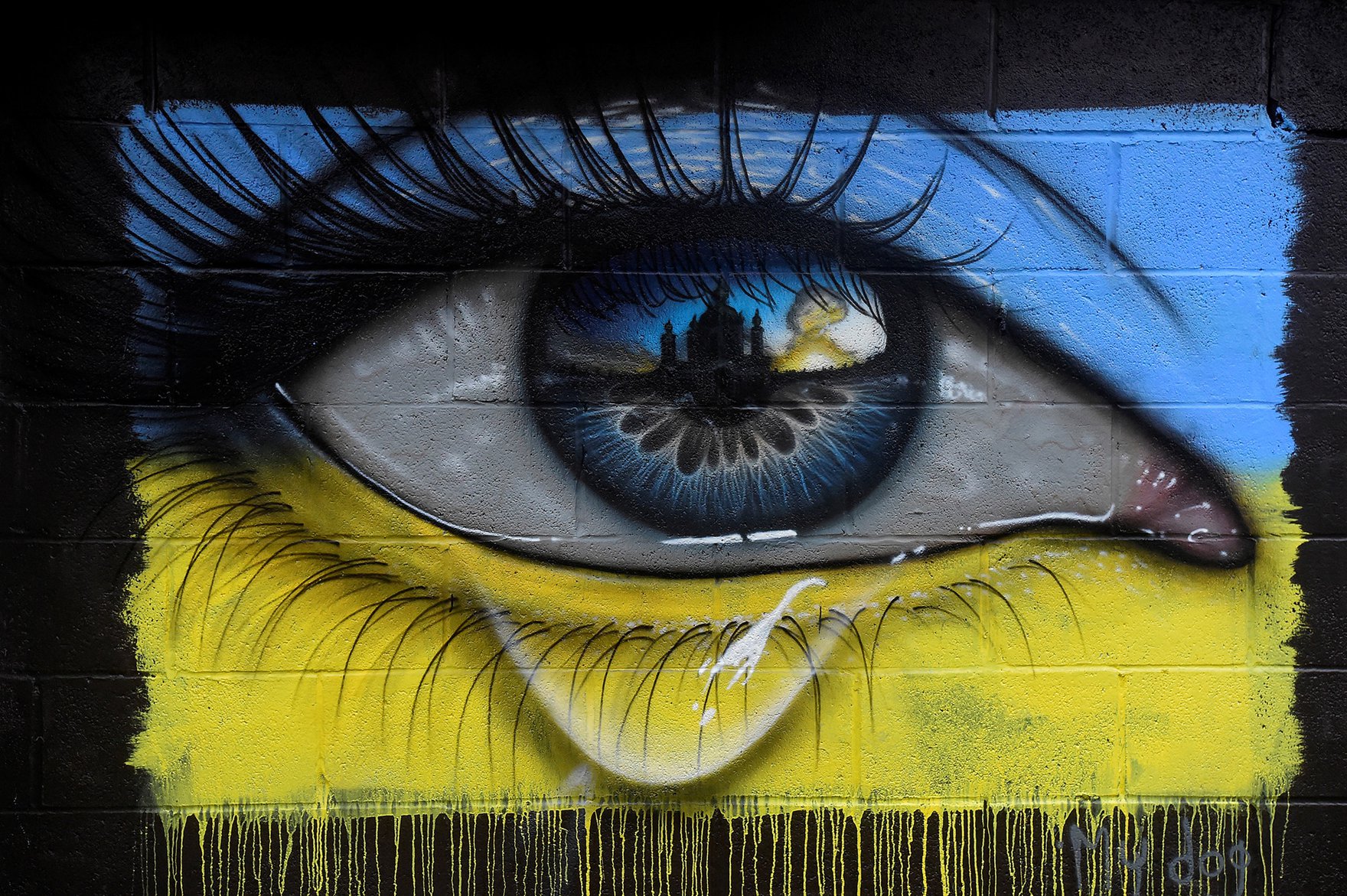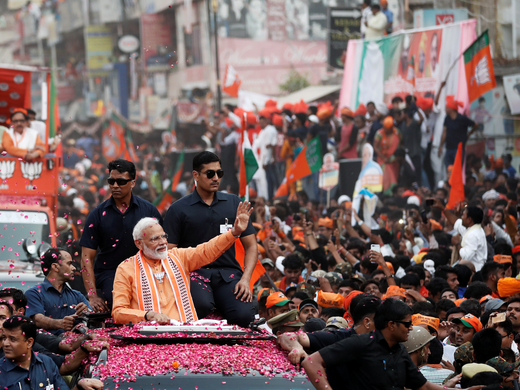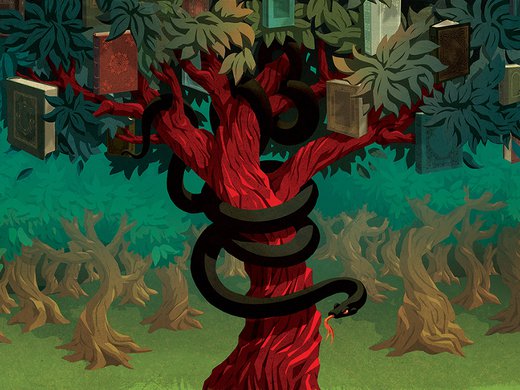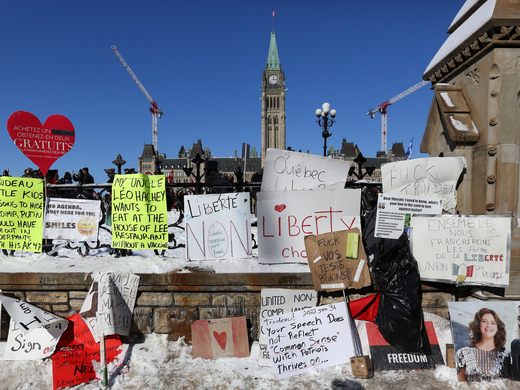After Russia’s invasion of Ukraine on multiple fronts, Belgian Prime Minister Alexander De Croo called it “Europe’s darkest hour since the Second World War.” One of many similar statements, such phrases are historically inaccurate and hurtful. They ignore the suffering of those who experienced the wars in the former Yugoslavia in the 1990s, including the Srebrenica genocide and other crimes against humanity committed by the Army of Republika Srpska in Bosnia between 1992 and 1995. From 1991 to 1996, about 2.5 million people from the former Yugoslavia sought asylum in northern Europe.
Others have reached for the classic historical analogy: Hitler. The Washington Post claimed that this invasion “echoes Hitler’s takeover of Czechoslovakia.” There may be some superficial truth in that statement. But I worry about a historical imagination so impoverished that the only comparison of the invasion of Ukraine is to Hitler and the Second World War. This invasion is not a repeat of 1939 for many reasons. Perhaps the most obvious is the existence of nuclear weapons.
Such statements and misreadings are not disinformation. But they are signs of a broader historical illiteracy. Such ignorance matters, particularly when Russian President Vladimir Putin has justified this invasion on the basis of extraordinarily flawed history and bizarre invocations of fascism and the Second World War.
Indeed, when someone launches a war based on historical distortion, the past could not be more relevant. Many of us may be asking what we can do in this difficult moment. Learning from experts and reading some history can help us be less susceptible to online distortions around the current situation.
This is not to equate mistaken analogies with Putin’s revisionist warmongering version of the past. It is to suggest that taking a moment to learn before sharing online sounds simple but can be remarkably powerful.
Much of the current misinformation online exists to scam and to manipulate through speed. TikTok has become a key platform for misleading content. TikTok’s algorithm appears to offer up many misleading videos alongside scam calls for donations. These videos often depict older conflicts or conflicts in other places; the posters claim they are occurring in Ukraine and can garner millions of views. Abbie Richards suggests that “TikTok’s platform architecture is amplifying fear and permitting misinformation to thrive at a time of high anxiety,” calling the platform’s design “incompatible with the needs of the current moment.” It is hard to resist the siren call of doomscrolling. But a slower accumulation of knowledge at moments of crisis can avoid hurtful faux pas and prevent inadvertent spreading of disinformation.
In that spirit, I offer some of the resources that have best helped me to understand our present moment:
- Mary Elise Sarotte’s Not One Inch: America, Russia, and the Making of Post-Cold War Stalemate on the contested expansion of the North Atlantic Treaty Organization (NATO) in the 1990s is based on new sources that she declassified. The book carefully skewers simplistic myths about who promised what on NATO expansion. If you don’t have time for a book, there’s an essay she wrote in the Financial Times after the invasion of Ukraine.
- For those wondering about Ukraine’s complicated history, Omer Bartov’s Anatomy of a Genocide: The Life and Death of a Town Called Buczacz explores what happened to one highly diverse town during the Second World War Soviet and German occupations. If you don’t have time for a book, here is a new essay, where Bartov also contextualizes how Ukraine is coming to terms with its difficult past.
- Serhii Plokhy’s The Frontline: Essays on Ukraine’s Past and Present takes you briskly from the first cartographical depictions of Ukraine in the seventeenth century up to the present. The essays explain everything from the Holodomor (famine in the 1930s) to Russia’s annexation of Crimea in 2014. If you don’t have time for a book, check out Plokhy’s interview in The New Yorker, where he carefully explains Putin’s distorted understanding of history.
A broader issue is the steady underfunding of scholarly expertise about some regions of the world, including Eastern Europe and Russia. Many universities do not have experts on Ukraine. Sometimes, they do not have any historians of Russia. The same is true for many other countries, such as Ethiopia or Syria.
We may not think of funding universities, museums and cultural institutions as a means to forestall disinformation. But it is, when scholars are empowered to provide high-quality information in multiple formats. In the case of higher education, it would also help for more universities to understand public engagement, explanatory journalism and social media as part of some scholars’ jobs in the twenty-first century. This would mean providing adequate support to combat any potential harassment.
A lack of historical knowledge is a problem that extends far beyond the online space. A poll conducted in 2020 found that only 43 percent of respondents knew that six million Jews were murdered in the Holocaust. Interestingly, knowledge was highest (52 percent) among those who spoke a language other than English or French. Such findings suggest that there is much work to do online and offline.
Alongside anything else you might wish to do to help Ukrainians, take time to learn about their history.



